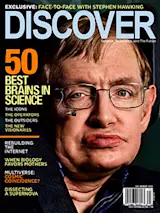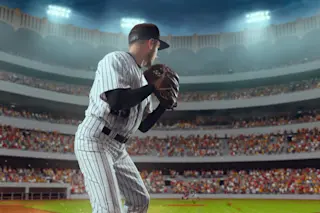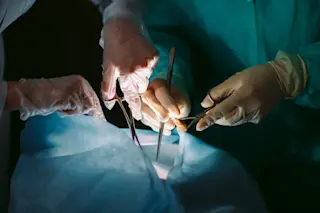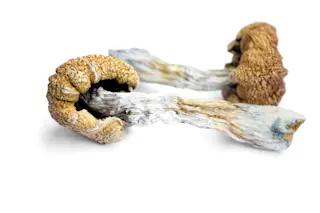In 1997, in the child abuse case involving British nanny Louise Woodward, the words shaken baby syndrome leapt from medical textbooks into international prominence. Woodward was accused of shaking infant Matthew Eappen, fatally injuring him. In the 11 years since Woodward was convicted of second-degree murder and then released on a lesser sentence for involuntary manslaughter, a debate has simmered in the child abuse world, and it is now rising to a boil.
On one side of the courtroom, representing mainstream medical opinion, are those who believe shaken baby syndrome (SBS) is a valid diagnosis. They say that decades of clinical experience and criminal confessions—in which a parent has admitted to shaking a child with symptoms of SBS—bolster their case to the point of near-certainty. On the other side, a growing number of skeptics are now claiming that the evidence for the syndrome rests on dubious medical ground with questionable ...














